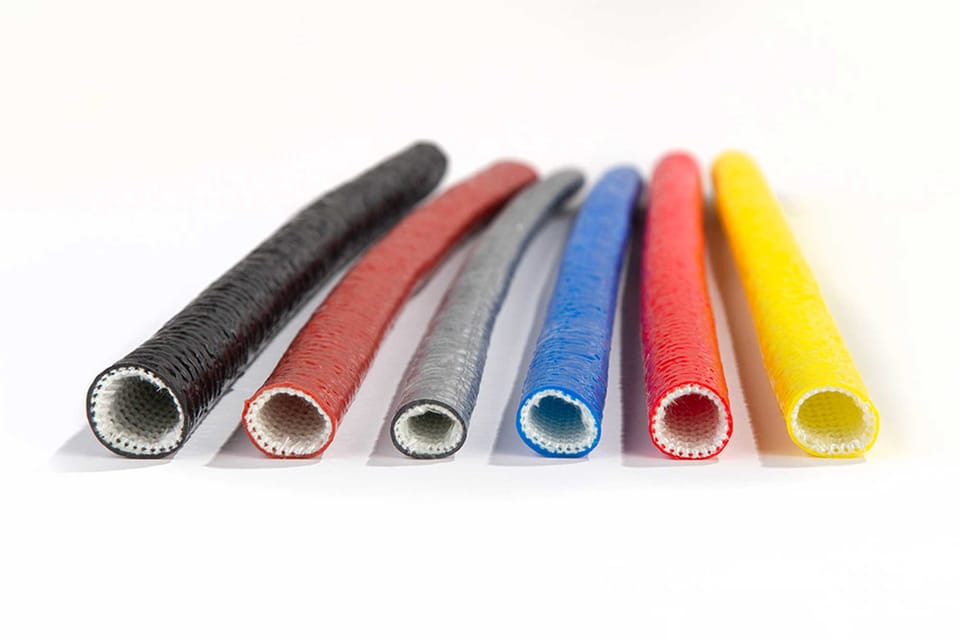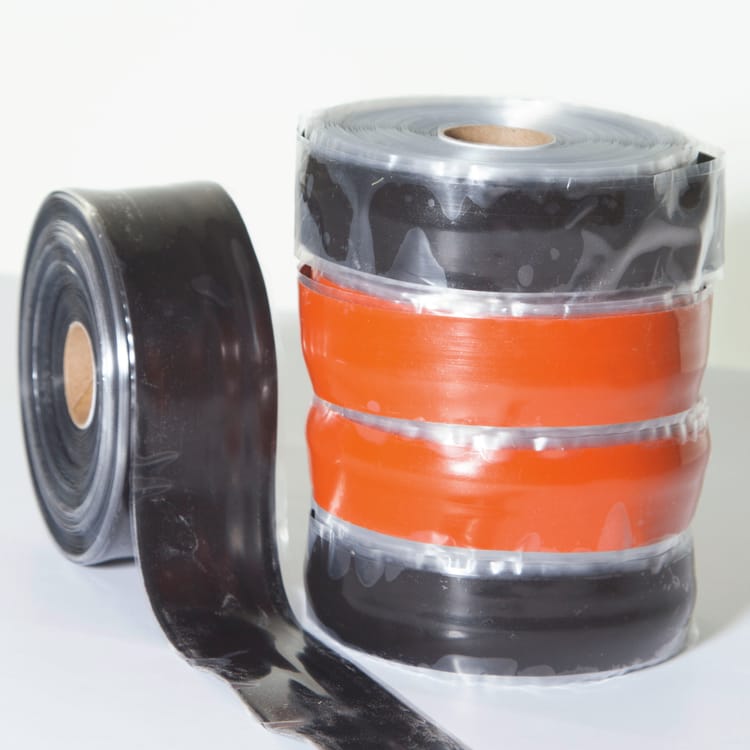These days, so much of business is done online that it’s almost hard to remember doing it any other way. Think about it; when did you last send a letter to a client rather than an email?
If this sounds very familiar, then you’re not alone. According to Statista, Americans sent no less than 9.7 billion emails last year. Not in the whole year, but every single day. That’s 112,000 emails sent every second.
And it’s not just communications that are moving online, it’s sales too. The US B2C online market is estimated to be worth $1.5 trillion by 2026 and the B2B market is even larger, reaching $4.2 trillion.
B2B buyers spending more
As confidence in e-commerce grows, so companies are prepared to spend more on B2B orders. A new report by management consulting firm McKinsey & Co. says that 73% of B2B buyers are willing to spend over $50,000 per online order, 39% are prepared to spend over $500,000 and one in five are prepared to spend over $1million or more when ordering online. By contrast, in-person sales accounted for just 17% of all business.
It is hardly surprising then, that the McKinsey & Co report found that “companies are putting more money into e-commerce, and a third of respondents have increased investment by 11% or more.”
Relying on your infrastructure
With so much business taking place online – close to $6 trillion every year – American companies are more reliant on their technology and their IT infrastructure than ever before. Every minute of downtime could be costing you tens of thousands of dollars in lost orders.
What’s more, the ease and immediacy of online commerce has made us impatient. If we can’t get what we want straight away, because a company’s servers are down, then chances are we will look elsewhere for the goods and services we need, rather than coming back later. And once your customers have gone somewhere else, then they may never come back, costing your company so much more in the long term.
Hanging on by a wire
These days, the difference between a major order and losing a customer could be as little as a broken or burnt-out wire. That’s why more and more companies are choosing to protect their IT infrastructure with silicone fire sleeve.
Silicone fire sleeve from National Firesleeve is designed to protect your critical wiring from a range of potential threats. These include physical breaks and damage from chemicals, oils and lubricants, in addition to their main fire and heat protection.
With silicone fire sleeve along the length of your cables, they will be protected from external fires that could cause damage to essential connections. The external environment will also be protected from damage from the wires themselves, with silicone fire sleeves preventing the kind of shorts, arcs and sparks that are often responsible for electrical fires.
Silicone fire sleeves are available from National Firesleeve in a wide range of sizes, to fit even the largest and most complex IT wiring looms. They also come in. range of colours to make it easier to identify wires and connections. Silicone fire sleeves are easy to install, and just as easy to upgrade or repair with silicone fire sleeve hook and loop.
Don’t miss out on $1m orders
With online orders now stretching into the millions of dollars for one in five US B2B buyers, the cost of protecting your IT wiring infrastructure is a small price to pay to make sure your company is ready to do business whenever your customers are. As the McKinsey report says: “Those in B2B sales who think it’s optional to invest more in e-commerce are mistaken.”
To find out more about British made silicone fire sleeves, available for direct delivery from our US warehouse, contact National Firesleeve now.






